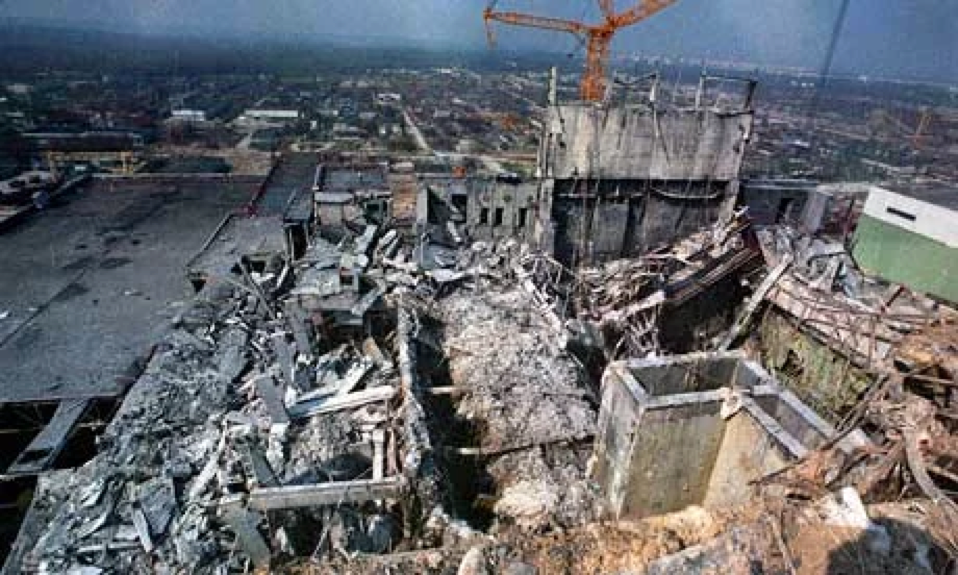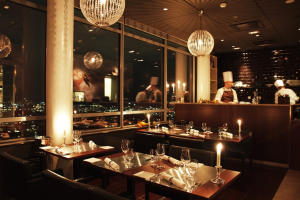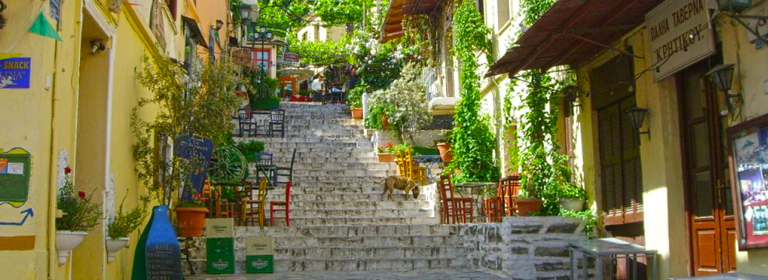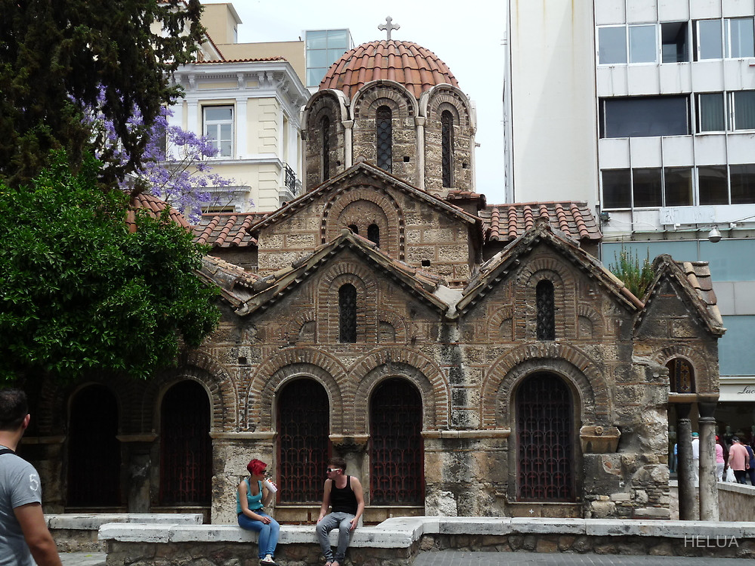
Thirty years ago today, April 26, 1986, the nuclear reactor at Chernobyl, Ukraine, then part of the Soviet Union, melted down creating a 2000-ton radioactive blob that blew the roof off the reactor and released 10 tons of radioactive debris into the air. It is the worst nuclear accident in history. Today there is an “exclusion zone” 30km in radius and almost 1000 square miles in area surrounding the reactor site. It is uninhabitable although the London Daily Mail reports that 7000 workers are still employed in the clean up effort. These are people who lived in the area before the disaster. None are safe, and all are tested daily as they exit the exclusion zone. Estimates vary from 3000 to 20,000 years before the area will be safe for human habitation.
I wasn’t there, but my life was forever changed by it. I was a Pan Am pilot stationed in Berlin when the reactor blew. The following day I flew the inaugural flight from Frankfurt to Stockholm. Chernobyl was all over the papers. Berlin is only 720 miles away and authorities, including the airlines, were tracking a cloud of radioactive material released to the atmosphere. Everyone was talking about the accident but none of the airlines were cancelling flights. It’s fair to say no one knew what to do about it.
Dispatch in Frankfurt told us about the Chernobyl cloud and that our flight path might take us close to or even through it. There was no plan to deviate around it but we weren’t particularly worried. If we flew through it, we had no reason to to think it would cause a problem in the cabin. The Captain and I were taking our wives along on the flight. We were scheduled overnight in Stockholm then the following day back to Frankfurt and on to Athens for another layover. Two great cities with afternoons and evenings free to enjoy them.
Our departure out of Frankfurt was normal and since it was an inaugural flight the crew was excited. Ingemar Johansson, the former world heavyweight champion and a mega-celebrity in Sweden was traveling with us as was Floyd Patterson, the man Johansson knocked out for the title and the one who knocked him out to regain it. New York’s mayor, John Lindsey, was also aboard, and when we arrived in Stockholm we were met by a contingent of government officials and press celebrating Johansson and Patterson’s arrival as well as Pan Am’s inaugural service. They gave us gifts and welcomed us graciously.
That night Al and his wife and Abby and I ate dinner at a charming small restaurant and the following day flew back to Frankfurt. This time there was no question; we flew through the Chernobyl cloud and were met at the Frankfurt airport by authorities with Geiger counters. They swept the airplane inside and out and noted that there was some evidence of radioactivity but not an amount that set off alarms. Soon, we were off to Athens where it was Easter Week on the Greek Orthodox calendar.
Athens is a blend of the ancient, exotic, and modern, and our late afternoon arrival gave us time to explore before dinner. We headed directly to the Plaka, the oldest neighborhood in Athens, full of small shops and authentic Greek restaurants. I knew from prior visits that it offered colorful shops and sidewalk cafes where we could sip retsina and watch the people come and go.

After dinner we strolled back through the Plaka and noticed a crowd in front of a beautiful small Orthodox church. Greek Easter is akin to Tet in Asia. It’s a giant celebration. This particular church, Panagia Kapnikarea, is a classic 11th century Byzantine structure, and that night there were throngs going in and out. In the Orthodox tradition there are no seats in the nave so everyone was standing clustered in groups around black robed and mitre-hatted priests chanting and praying. The interior was lit with candles and the air was thick with incense. It was enchanting and one of many unique experiences I enjoyed during my 19 years as a Pan Am pilot. It turned out to be the last one – although I have had many since as a private traveler.

Abby flew to Idaho the day after our return to Berlin and I followed a week later. My first morning at home I woke up with double vision. I was almost certain I knew what it was. A similar episode 16 years earlier had kept me grounded for two years but that diagnosis was not definitive. This time the symptoms were more severe and the diagnosis certain. I had myasthenia gravis, a neuro-muscular disease related to multiple sclerosis and ALS (Lou Gehrig’s disease) – the same disease that killed Aristotle Onassis.
My story has a happier ending than Mr. Onassis’. Two years after its onset, the symptoms were remitting and I was well enough to start working again – though my days as a pilot were over. I wore an eye patch for 3 ½ years to deal with double vision and there was some weakness in my leg, but other than that I was feeling good again. When I told a friend who practices Chinese medicine about the Chernobyl cloud, she prescribed Korean ginseng because it has a reputation for diminishing the effects of radiation. I still take it, 30 years later. I don’t know if it played a role in the myasthenia’s reversal but it doesn’t matter. I take it – placebo effect or not. After 3 ½ years of double vision I was finally able to get rid of the eye patch. When I showed up at work without the patch, a friend told me to put it back on – he thought I was much more interesting with it. I’m sure he was right.
The people of Chernobyl were not so fortunate. In addition to 28 deaths attributed to Acute Radiation Sickness at the time of the accident, the World Health Organization reports that over 5000 cases of thyroid cancer have been diagnosed among those who were between infancy and 18 years at the time of the accident. This is due to milk consumption from radioactive dust that fell on pastures where dairy cows grazed. There was also an increase in the incidence of leukemia, non-thyroid cancer, pediatric cancer, cataracts, cardiovascular disease, and high levels of mental illness related to the stress of relocation, job loss, and fear of radiation sickness.
Today is the 30th anniversary of that singular catastrophe. It changed my life but it ruined the lives of thousands of Ukrainians. Like the Fukushima tidal wave and the earthquake in Ecuador, it reminds us of how fragile we are and how unforeseen events can crush, take, or change our lives. Today I’m giving thanks for my good fortune and praying for those less fortunate.
































We had the good fortune to not be anywhere in Europe when the Chernobyl plume swept by, but we were in Europe a couple of years later and heard a sad story in connection with it. After cycling in Scandinavia we got on a tour bus in Helsinki and went to St. Petersburg for three days. Traveling with us was a German family that had been providing financial support to a poor Russian family. The Russian father had been employed at Chernobyl and was too debilitated, presumably from radiation sickness, to work. The Germans were visiting the Russian family for the first time and the story of their visit, as told to us, was a depressing tale. The conditions under which the Russian family lived was beyond third world. No room here for details.
The Chernobyl meltdown may have been a factor in the Cold War’s end. Overwhelmed by the catastrophe, USSR president Gorbachev openly sought help from the rest of the world. International scientists entered the long-closed country, visited the site and helped. Later in the same year, the soviets began restructuring their economy,”Perestroika,” and initiated the policy of “glasnost,” or opening.